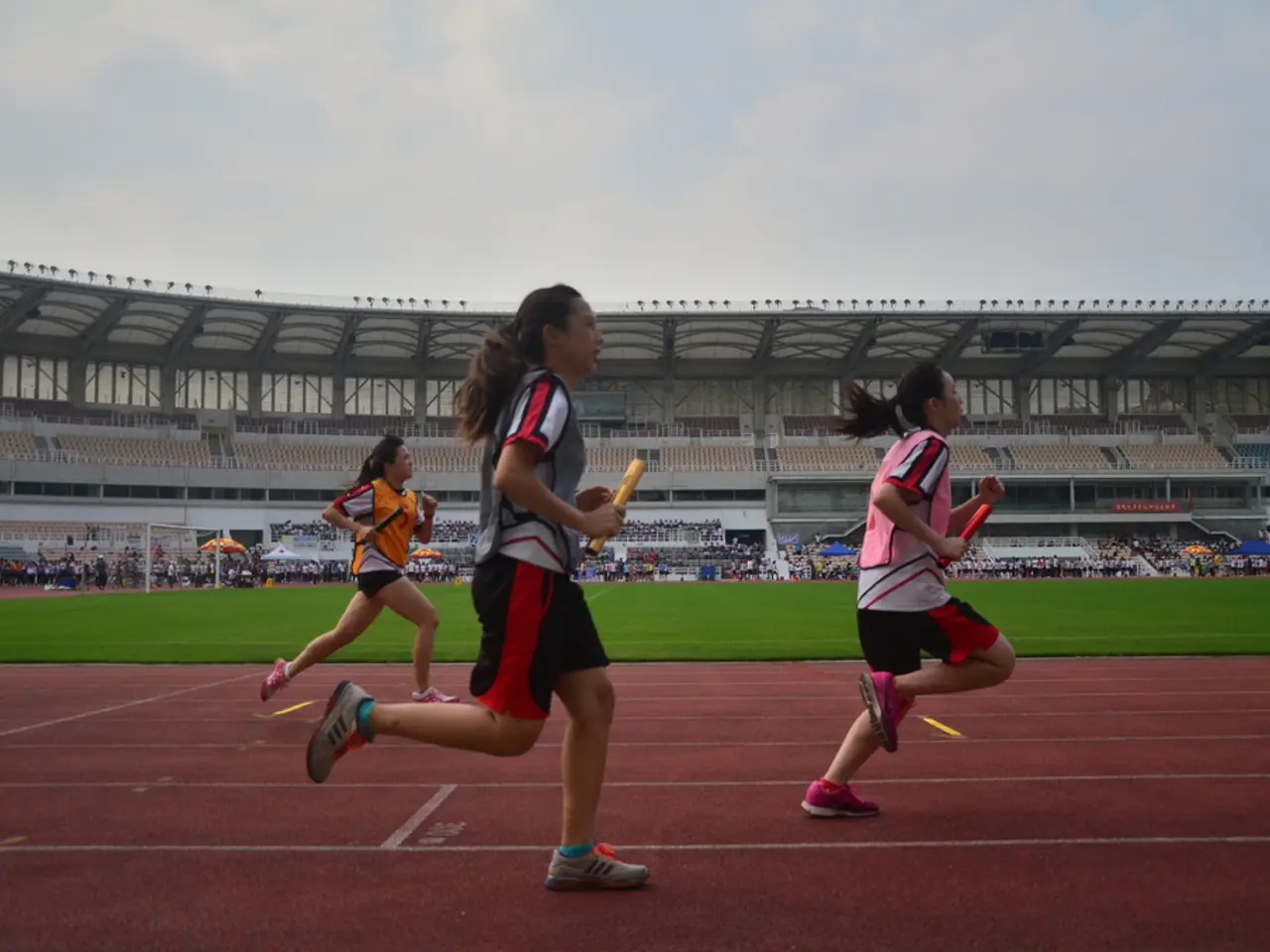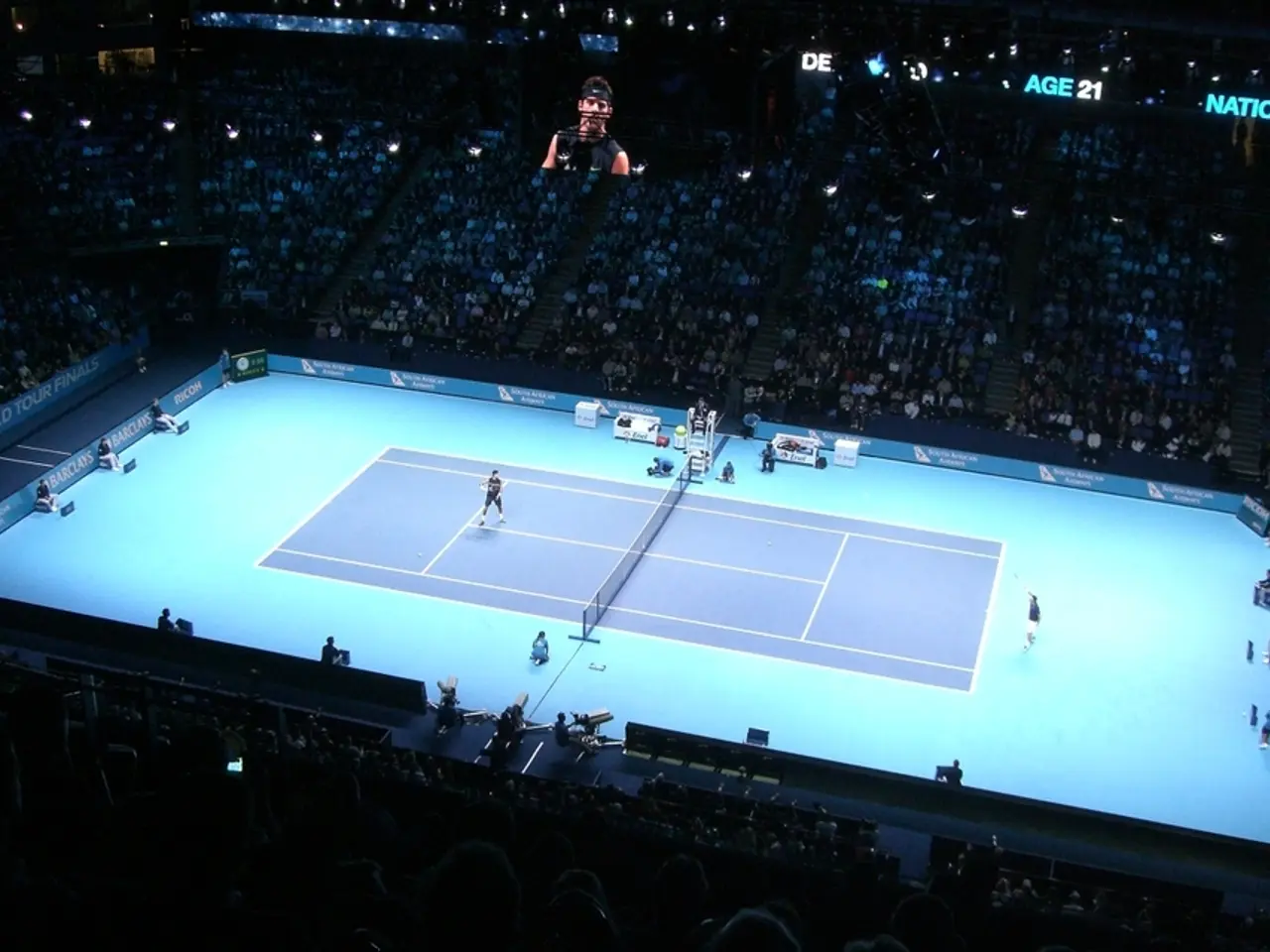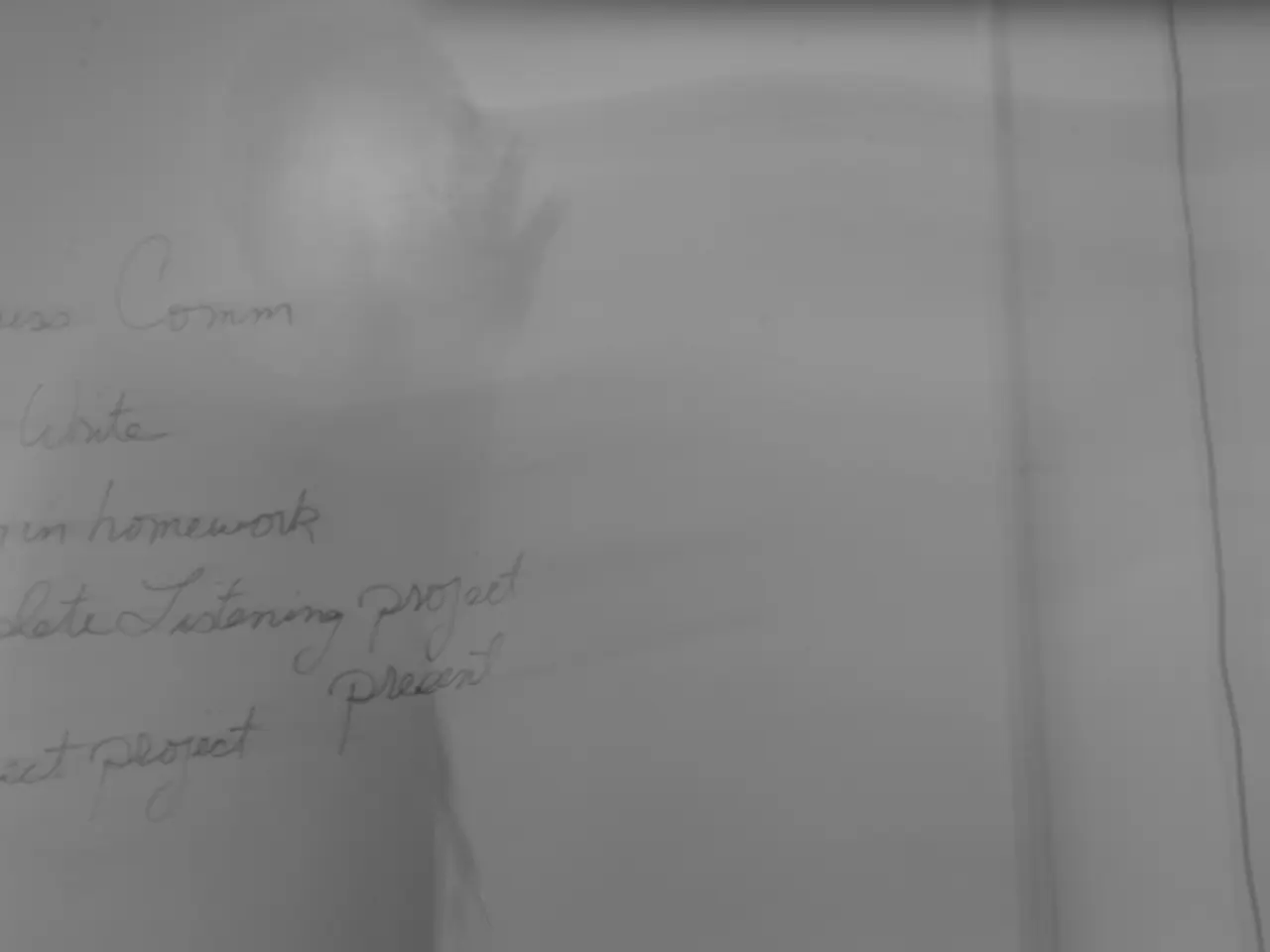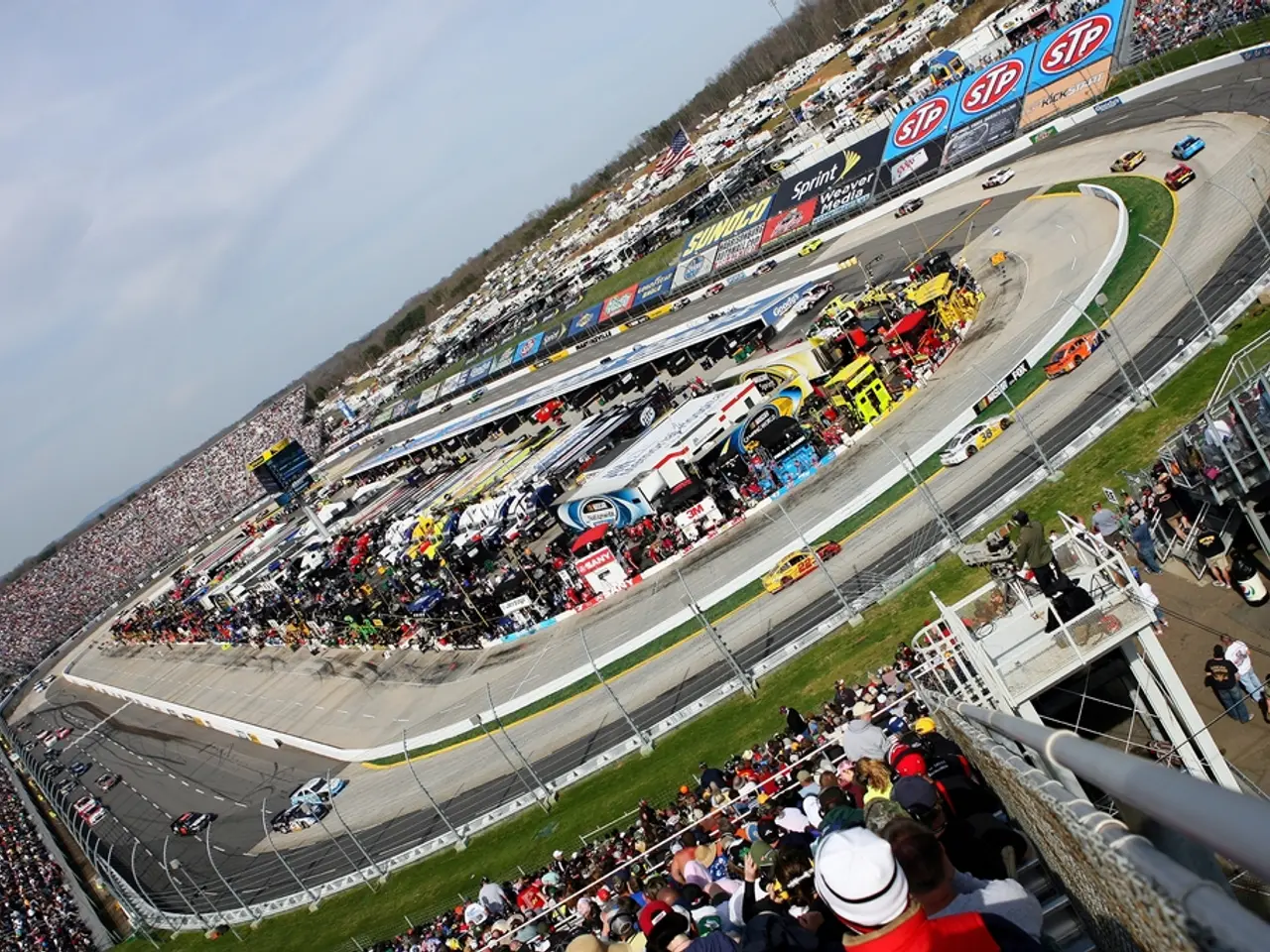Solvent-based wood coatings market projected to reach USD 12.8 billion by 2034
The solvent-borne wood coatings market is experiencing significant growth in the Asia-Pacific region, contributing to economic development and technological innovation. This growth is primarily driven by the high demand for performance coatings, robust construction and furniture industry growth, industrial expansion, and the region's dominance in the market share.
Solvent-borne coatings offer superior durability, chemical resistance, excellent adhesion, and flexibility compared to waterborne or powder coatings. This makes them highly suitable for industries requiring high-performance protection, such as wood furniture manufacturing and the automotive sectors, where they protect surfaces from harsh environmental conditions. As a result, they hold the dominant share in the polyurethane coatings market segment globally, including Asia Pacific.
The Asia-Pacific region is witnessing massive urbanization and infrastructure development, which has driven high demand for residential and commercial wood products, fueling wood coatings demand. The construction boom is a major driver underpinning coatings consumption in the region.
Growth in transportation networks, energy sector projects, commercial building investments, and oil & gas activities, particularly in China, India, and Southeast Asia, all require protective coatings for durability and safety, boosting solvent-borne coating demand.
Asia Pacific accounted for about USD 30.66 billion of the polyurethane coatings market in 2024 and is forecasted to sustain growth at a compound annual growth rate (CAGR) of 4.9% through 2032, emphasizing the region's pivotal role.
The growing demand for solvent-borne wood coatings supports local manufacturing, distribution, and R&D activities, contributing to economic growth through job creation and increased industrial output. The coatings market growth encourages investments in construction and furniture industries, which are critical sectors for economic development in many Asia-Pacific countries.
As coating manufacturers expand capacity and innovate to meet regional demand, these markets enhance their export opportunities, bolstering trade balances. Leading companies like AkzoNobel, PPG Industries, and Jotun are investing in R&D to develop coatings that balance performance with environmental regulations, fostering technological advancement and sustainable industrial practices.
Notable developments include Akzo Nobel NV's introduction of next-generation solvent-borne wood coatings under its Sikkens brand, focusing on enhanced durability and faster drying times. BASF collaborates with manufacturers to optimize coating efficiency and durability for high-end wood products. BASF SE has developed Joncryl solvent-borne resins that enhance film hardness and flexibility in wood coatings, complying with stricter environmental regulations.
Asian Paints has expanded its Apex Ultima range with advanced solvent-borne wood coatings that provide high gloss, scratch resistance, and long-lasting protection. Eastman Chemical Company has introduced Eastman DBEE solvent technology, improving flow and drying properties in wood coatings while reducing VOC content. Axalta Coating Systems LLC has launched Imron Industrial and Centari Wood Coatings, featuring improved adhesion and chemical resistance for demanding environments.
The Global Solvent-Borne Wood Coatings Market is projected to reach USD 12.8 billion by 2034. In 2024, the Asia-Pacific region held a 41.8% share in the global Solvent-Borne Wood Coatings Market with a market value of USD 3.5 billion. The market is expected to add USD 4.4 billion by 2034.
The market's expansion creates jobs in manufacturing, distribution, and application sectors. Companies are also prioritizing innovation to address environmental regulations, such as Axalta's work on hybrid solvent-borne systems that balance performance with lower VOC content. Eastman promotes green chemistry solutions to help formulators meet sustainability targets without compromising performance.
In summary, the solvent-borne wood coatings market in Asia-Pacific is growing due to strong demand from construction, furniture, and automotive sectors supported by urbanization and industrial activities. This growth underpins significant economic benefits through job creation, industrial expansion, and innovation in the regional economy. Investing in R&D for durable, aesthetically superior coatings can enhance market share.
Sports leagues and organizations in Asia Pacific are integrating high-performance protective coatings, such as solvent-borne wood coatings, into equipment and facilities, understanding their potential to improve equipment longevity and safety. An example is the recently renovated tennis stadium in Shanghai, where solvent-borne coatings were used to enhance the court's durability and playing experience.
The increasing trend of using solvent-borne wood coatings in the sports industry is indicative of the broader demand across various sectors in the region where such coatings are Showcasing their superior qualities in terms of durability, resistance, and protection, which makes them an attractive solution even in non-traditional markets like sports.







